Rajshahi, Sept 4 (V7N) - The Shapla flower, Bangladesh’s national flower and a symbol of the country’s heritage, is rapidly disappearing from natural water bodies across the nation. Once abundant in ponds, lakes, canals, and wetlands, the Shapla’s enchanting beauty has become a rare sight due to adverse environmental changes and human interference.
About fifteen years ago, large ponds and roadside wetlands were adorned with white and red Shapla flowers, creating breathtaking natural scenery especially during the autumn season. Villagers used to collect the flowers, making garlands and enjoying their vibrant colors. Beyond their beauty, Shapla plants are highly nutritious—the stems, roots, and seed pods serve as valuable food sources, while the stalks are used in cooking popular vegetable dishes. The seed pods, known locally as "Shaluk," are often roasted or boiled and enjoyed as delicacies.
Experts attribute the decline of Shapla largely to climate change, which has disrupted the timing and extent of seasonal floods necessary for the plant’s growth. Additionally, excessive use of pesticides and chemical fertilizers in agricultural lands destroys Shapla seeds and the mother plants hidden in the soil. Urban expansion, unregulated pond excavation, and conversion of wetlands for fish farming have further reduced the natural habitats needed for Shapla to thrive.
Local agricultural officer Saiful Ahmed explains that changes in rainfall patterns cause water bodies to dry up before the flowering season ends, destroying Shapla’s growing environment. Uncontrolled chemical use in farming also kills seeds and plants before they can mature. Consequently, the Shapla flower is moving towards extinction in Bangladesh, threatening the nation’s cultural and ecological heritage.
The Shapla flower has long been an integral part of rural Bengali life, celebrated in art, folklore, and daily living. Its loss would not only diminish natural beauty but also affect biodiversity and local livelihoods. Conservation efforts by government bodies and social organizations are urgently needed to protect and restore Shapla habitats.
Preserving the Shapla flower is a shared responsibility of the government, communities, and environmental advocates to ensure that future generations can continue to enjoy this cherished symbol of Bangladesh.
END/MRA/SMA/



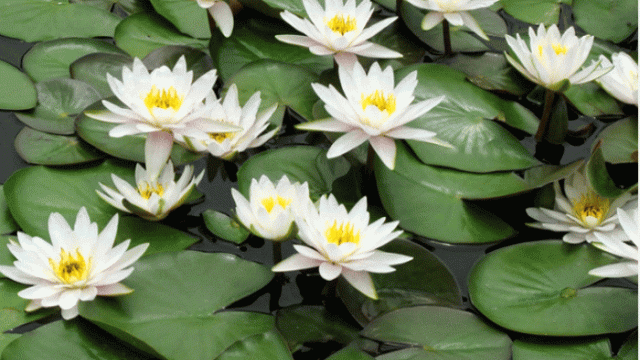


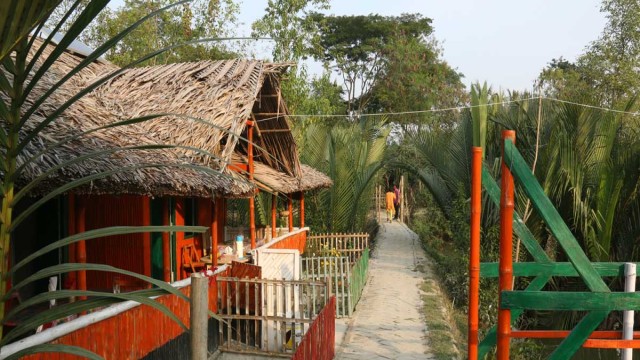




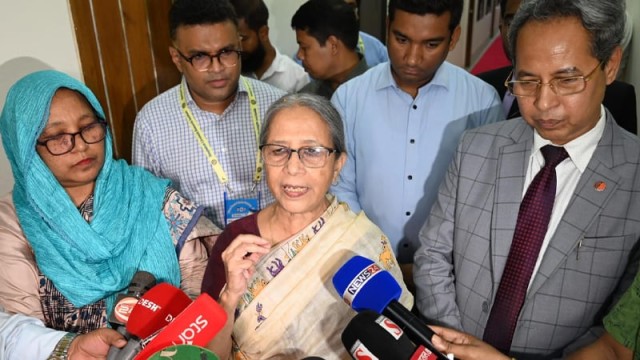


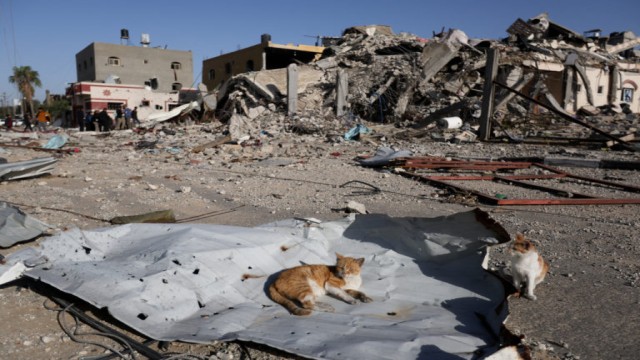
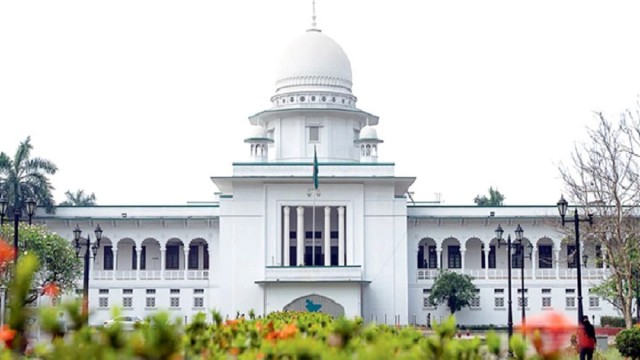


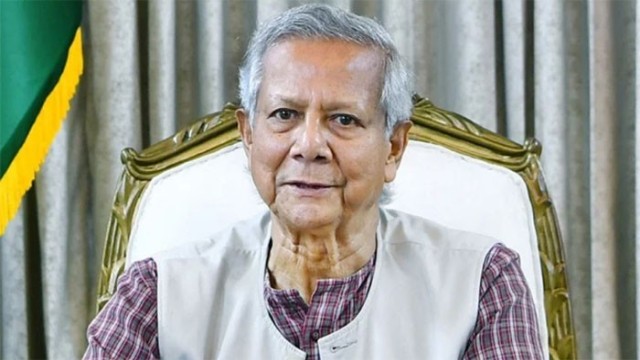


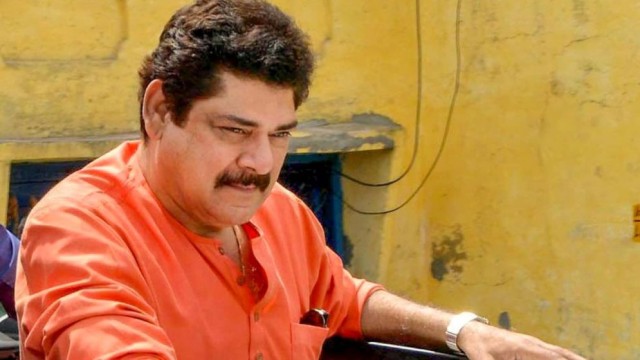








Comment: